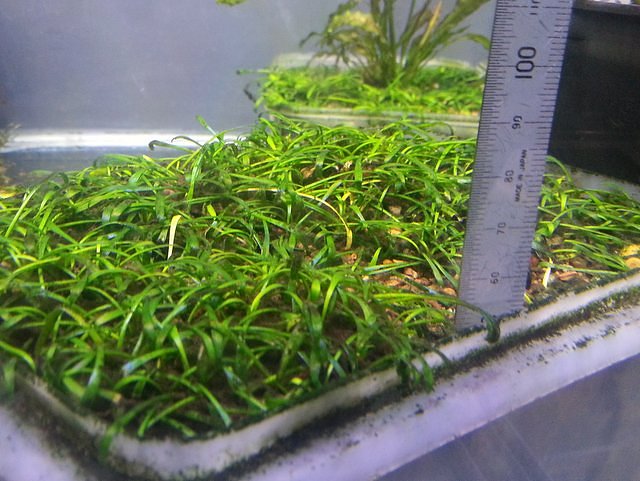
A couple of decomposing Crypt. ferruginea stalks were given to me in the hope that I can pull them back from dead. Hopefully not too little too late. I know nothing about C. ferruginea other than what I can find online.
From Ipor et al (2006), it is naturally found in acidic conditions with pH 4.6 to 5.5, likes very soft water and shaded conditions.
I loosely bedded the stalks into a mix of sand and composted oak leaves and flooded them with pure rainwater (pH 5.5-6.0, EC 10-20 µS/cm) to the depth you see here. There is a bit of soil in the leaf mix that is initially causing the pH to rise, so I've been draining the pot and reflooding with fresh rainwater every couple of days to maintain acidic conditions. I'm waiting on fresh supplies of peat moss and I may switch them over to a fresh mix with more peat if the pH keeps going up.
Fingers crossed.
Further reading: Ipor, I. B., C. S. Tawan, and M. Basrol. "Growth pattern, biomass allocation and response of Cryptocoryne ferruginea Engler (Araceae) to shading and water depth." Journal of Bioscience 17.2 (2006): 55-78.

